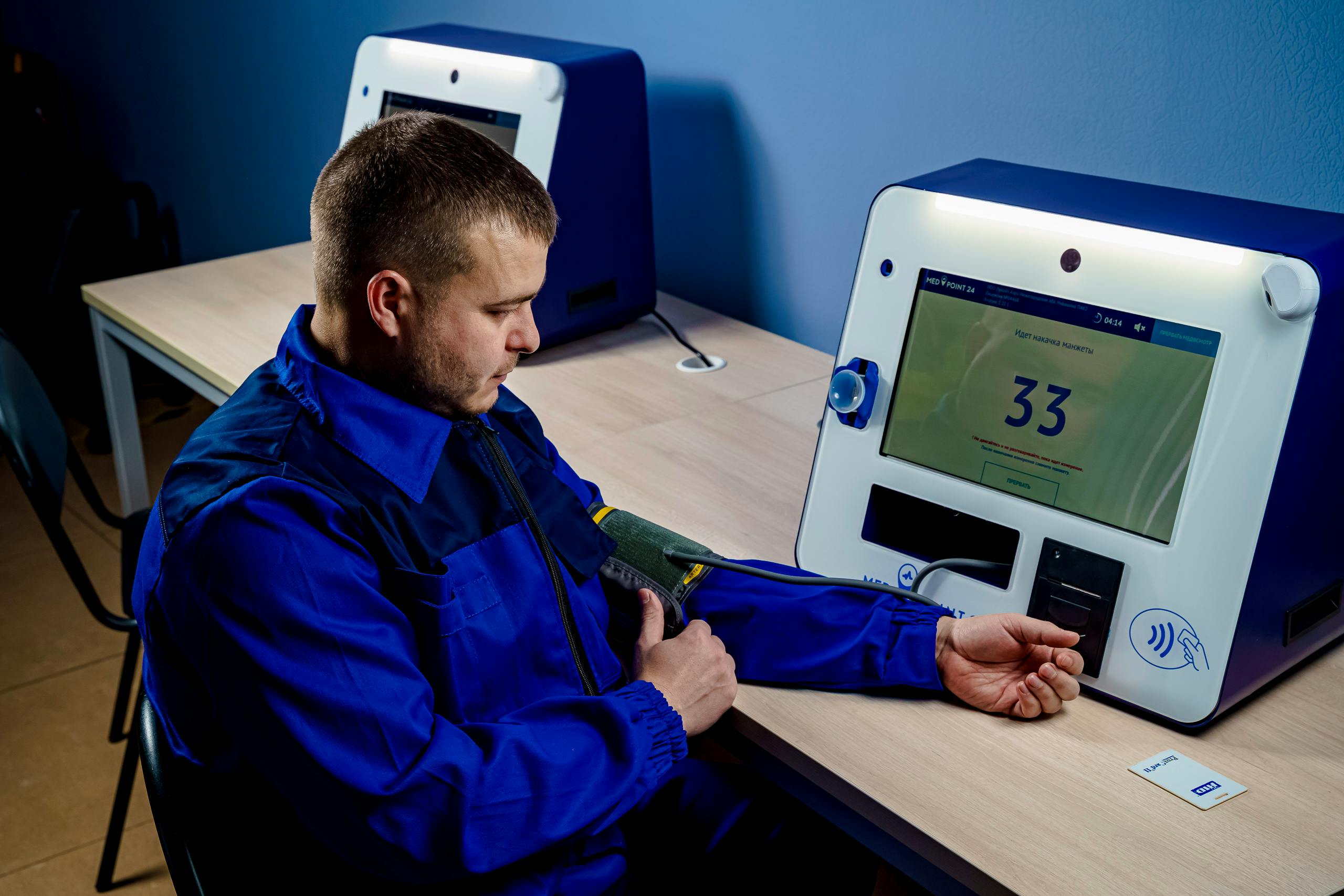The healthcare industry is undergoing a transformative shift, driven by technological advancements that prioritize efficiency, accessibility, and patient-centered care. One of the most groundbreaking innovations in this space is Remote Patient Monitoring (RPM) systems. These systems enable healthcare providers to track patients’ health data in real-time, outside traditional clinical settings. By leveraging RPM, providers can enhance patient outcomes, reduce hospital readmissions, and streamline workflows—all while cutting costs. This article explores the key benefits of RPM systems for healthcare providers and how they are revolutionizing modern medicine.
What Is Remote Patient Monitoring?
Remote Patient Monitoring (RPM) refers to the use of digital technologies to collect and transmit patient health data from one location to another. These systems typically involve wearable devices, mobile apps, or home-based monitoring equipment that track vital signs such as:
- Blood pressure
- Heart rate
- Blood glucose levels
- Oxygen saturation
- Weight fluctuations
The data is transmitted securely to healthcare providers, who can then analyze trends, identify potential issues, and intervene proactively. RPM is particularly valuable for managing chronic conditions like diabetes, hypertension, and heart disease, where continuous monitoring is critical.
Key Benefits of RPM for Healthcare Providers
Improved Patient Outcomes
One of the most significant advantages of RPM is its ability to improve patient outcomes. By continuously monitoring vital signs, providers can detect early warning signs of deterioration and intervene before a condition worsens. For example, a sudden spike in blood pressure or irregular heart rhythms can trigger alerts, allowing clinicians to adjust medications or recommend immediate care. This proactive approach reduces complications and enhances overall patient health.
Reduced Hospital Readmissions
Hospital readmissions are a major challenge in healthcare, often leading to increased costs and patient dissatisfaction. RPM helps mitigate this issue by enabling post-discharge monitoring. Patients recovering from surgeries or managing chronic illnesses can be tracked remotely, ensuring they adhere to treatment plans and avoid preventable readmissions. Studies show that RPM can reduce readmission rates by up to 50%, making it a powerful tool for value-based care.
Enhanced Operational Efficiency
RPM systems streamline workflows by automating data collection and reducing the need for in-person visits. Providers can monitor multiple patients simultaneously, prioritizing those who need urgent attention. This efficiency frees up clinical staff to focus on high-priority cases while maintaining oversight of stable patients. Additionally, RPM reduces administrative burdens, such as manual data entry, by integrating with electronic health records (EHRs).
Cost Savings for Providers and Patients
Healthcare costs continue to rise, but RPM offers a cost-effective solution. By minimizing hospital stays, emergency room visits, and unnecessary appointments, providers can significantly cut expenses. Patients also benefit from reduced travel costs and time off work. Furthermore, RPM supports preventive care, which is far less expensive than treating advanced-stage illnesses.
Overcoming Challenges in RPM Implementation
While RPM offers numerous benefits, its adoption comes with challenges that providers must address:
- Data Security and Privacy: Protecting sensitive patient data is paramount. Providers must ensure RPM systems comply with HIPAA and other regulations.
- Patient Adoption: Some patients, particularly older adults, may resist using new technologies. Education and user-friendly designs can help overcome this barrier.
- Integration with Existing Systems: RPM must seamlessly integrate with EHRs and other clinical tools to maximize efficiency.
By addressing these challenges, healthcare providers can fully harness the potential of RPM.
The Future of Remote Patient Monitoring
The future of RPM is bright, with advancements in artificial intelligence (AI) and machine learning poised to take these systems to the next level. Predictive analytics can identify at-risk patients before symptoms manifest, enabling truly preventive care. Additionally, the expansion of 5G networks will enhance real-time data transmission, making RPM even more reliable and accessible. As telehealth continues to grow, RPM will become a cornerstone of modern healthcare delivery.
Conclusion
Remote Patient Monitoring systems are revolutionizing healthcare by empowering providers with real-time insights, improving patient outcomes, and reducing costs. From chronic disease management to post-operative care, RPM offers a scalable solution that aligns with the shift toward value-based care. While challenges remain, the benefits far outweigh the obstacles, making RPM an indispensable tool for forward-thinking healthcare providers. As technology evolves, RPM will undoubtedly play an even greater role in shaping the future of medicine.
